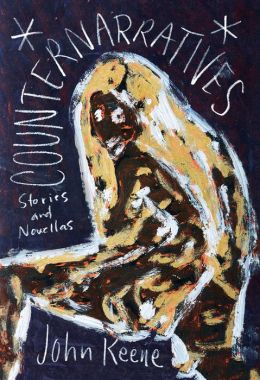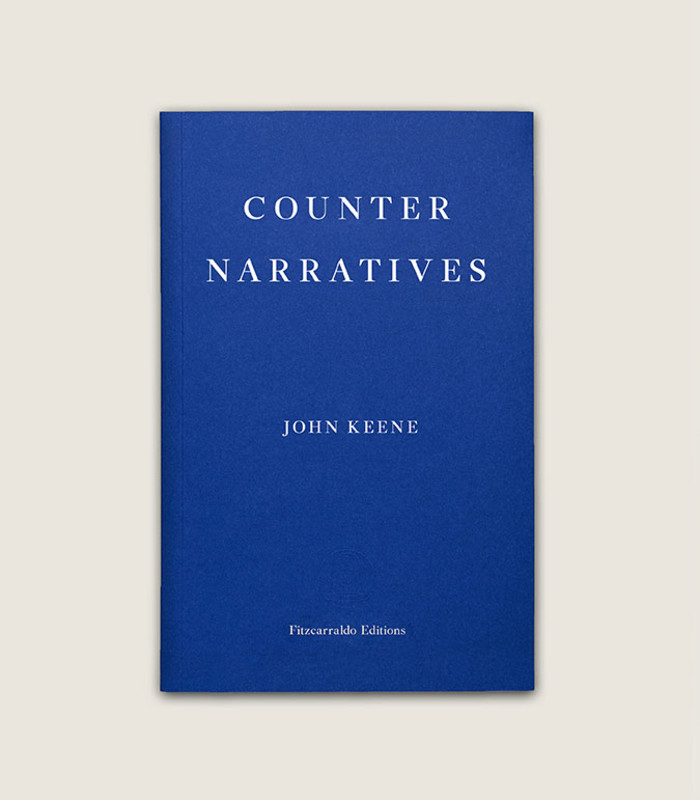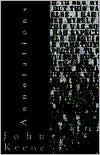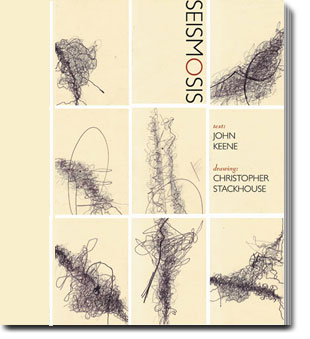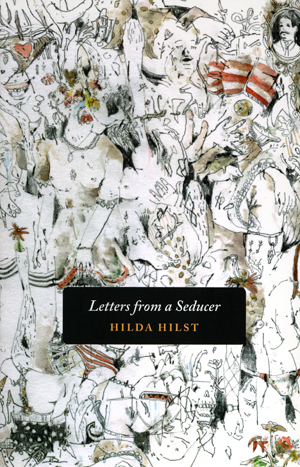 |
| Cress Williams as Black Lightning |
When I was a pre-teen, I read comics avidly, but by the time I reached junior high, I shifted mainly to books, alongside movies and records. This preference has continued into adulthood, though I enjoy reading graphic novels and comics for adults, especially if they're formally experimental, from time to time. But the comic book character families, networks and lore that so many nerds and blerds hold dear to their hearts were not really part of my adolescence, which probably accounts for why now in adulthood, I tend to be mostly uninterested in movies and TV shows based on standard comic book heroes or teams.
Netflix's
Jessica Jones (2015) and the subsequent
Luke Cage (2016) were rare exceptions. Certainly Hollywood's formulaic approach to most of the comic book franchises does not help things, in my opinion, though I have occasionally gone to see some of the
Batman and
Spider-Man films on occasion, and loved the
Batman TV series as a very small chill. Non-comics derived TV shows involving characters with supernatural powers sometimes do draw me in:
Charmed was a favorite during its early run, as was
Heroes. But speculative narrative shows and comics are two different things.
 |
| Black Lightning, DC Comics version |
Black Lightning, the new series on The CW channel, is based on a comic book series, but intrigued me. I knew only a little bit about its origins: writer
Tony Isabella and artist
Trevor von Eeden issued the first
Black Lightning comic book in 1977, and as it turns out, he was the first black superhero to have his own DC Comics book. A little more reading up on the forthcoming series let me know that the metahuman hero was middle-aged, as opposed to a youngster, which I found appealing, and it did not hurt that
Cress Williams, an actor I remembered and enjoyed from many shows in the 1990s and early 2000s, including
Living Single, Beverly Hills 90210 and
Prison Break, and the film
Doom Generation, was going to star in it. The basic storyline I could have predicted with my eyes closed; after a stint cleaning up his town, Black Lightning gave up his crime-fighting for a career as a principal and educator. More compelling was the fact that his superheroic efforts had destroyed his marriage and divided his family, leading him to retire in part to heal the frayed family ties. In addition, the show's creator,
Salim Akhil, has a strong track record as a writer and producer. Husband of the prolific writer, showrunner and producer
Mara Brock Akil, writer for
Moesha and
Sparkle, and creator of the popular show
Girlfriends (2000-2008), the Akils co-developed the successful, provocative TV shows
The Game (2006-2015) and
Being Mary Jane (2013-). The show's alluring ads, I'll admit, did the rest of the work.
 |
Jill Scott and Marvin "Krondon"
Jones III in a scene from Black Lightning |
The
Black Lightning series is set in an alternate universe (though filmed in
Atlanta), and opens with the superhero, known in semi-conventional human form as
Jefferson Pierce (Williams) serving as principal of Garfield High School. He lives with his two daughters, first-born
Anissa (
Nafessa Williams), who is in medical school and a part-time teacher at Garfield High School, and
Jennifer Pierce (
China Ann McClain), younger daughter, who is a student at Garfield and dating one of the school's track stars, Khalil (
Jordan Calloway). Jefferson remains divorced from his wife, Lynn Stewart (
Christine Adams), but they maintain a connection for the sake of their daughters. He seems eager to initiate a romantic rapprochement. As Jefferson, he attempts to guide his students on the proper path, but one result of his work as a principal and teacher is his acquaintance with many locals who have gone off the rails, including various thugs and dealers linked, directly or not, to the area's major criminal organization,
The 100. Jefferson also stays in close contact with
Peter Gambi (
James Remar), his oldest friend and an inventor and tinkerer of Italian ancestry who serves as Jefferson's--and Black Lightning's "tailor"; Gambi creates the superhero's suits and devices, which he continues to improve as the series proceeds.
 |
Marvin "Krondon" Jones III in a
scene from Black Lightning |
Black Lightning's and the town's major antagonists are
Tobias Whale (
Marvin "Krondon" Jones III), who heads up the 100, and, viewers learn in the second episode,
Lady Eve (
Jill Scott), a diabolical, platinum-tongued mortician who serves as a coordinating link for all of the major power interests in the city. In the third episode, she harangues Whale, who had previously claimed to have killed Black Lightning, to follow up and rid the town of the beloved superhero forever, threatening him with a dethroning, or worse. Krondon, a hiphop artist and actor in real life, is albino, a rarity on US TV, and one of the show's fascinating conceits is that he will only allow white or very light-skinned people to work for him. In other words, his malevolence is manifest in his colorism, yet surprisingly for TV, the series does not overtly state this, forcing the viewer to figure it out. Another of Black Lightning's antagonists is Inspector
Billy Henderson (
Damon Gupton), a police officer who also is friends with Pierce but has strongly opposed to the "vigilantism" of Black Lightning, blaming him for disruptions in the police force's ability to maintain order. As quickly becomes clear and perhaps as a subtle critique of the inadequacy of police, the citizenry hunger for Black Lightning's intervention because of the authorities' complacency and failures.
 |
| Cress Williams, in a scene from Black Lightning |
I've given the background information about Black Lightning's world, but I have said little up to this point about his particular superhero powers. As his name suggests, his chief gift, beyond supernatural speed and the ability, it appears though it hasn't been stated outright, to pass through solid walls and leap onto roofs and ledges, is lightning-like electrical power, which can stun, disable or even kill his assailants. He also has the ability to create ionized fields, which can distribute the electricity in tiny zaps, and generate an electrical force-field, which can shield him from bullets, grenades, and even bombs. So far the series has not shown him creating a black thunder bolt, but when enraged, at least according to the comic strip, he can do so. Additionally, he is able to gather electrical force in his fists to create even stronger punches, perceive nearby electrical flows (and, in episode 3, with the help of new goggles by Gambi, all electrical currents in the area), and even absorb electricity or disappear into electrical wires or powerboxes, traveling like an electrical current. Given these powers, I have to wonder what could stop or at least blunt him; he does not wear a helmet, so he's vulnerable to anything happening behind him if he doesn't perceive it before it hits him. Viewers got a taste of this when during a peace march, despite Black Lightning's presence to protect his family, one of Whale's deputies shoots the march organizer, Reverend Holt, through the upper chest and paralyzes Jefferson's daughter's boyfriend, Khalil. My immediate thought was that had the gunman aimed a bit to the right, he might have struck the superhero dead on. I suppose we will see what measures Whale devises to bring him down.
 |
Black Lightning stars Cress Williams, Christine Adams,
Nafessa Williams, and China Ann McClain |
As in the original comic book, Black Lightning is not alone in his crime-fighting. At the end of the first episode, Anissa cracks off part of the bathroom sink, and then, in subsequent episodes, she comes to realize that she possesses unique metahuman powers, inherited from her father, though she is unaware, as far as the viewer knows, that he doubles as Black Lightning. So far she hasn't unleashed any lightning bolts or electrical sparks, but she can create soundwaves by stomping the ground, and can increase her body density to generate super-human strength, which she has used several times to fight off attackers, including a group of adult men selling drugs to teenage girls. We also learn that she is an out lesbian, which, as far as I can tell, makes her the first black lesbian superhero to appear on US TV. The show's approach to sexuality is refreshing and contemporary; when her parents discuss their concerns about her younger sister's Jennifer's announcement that she plans to lose her virginity, they acknowledge their earlier support, though not without tears and shock, for Anissa's coming out, and Akil and the show's writers have fully integrated her relationships into the fabric of the storyline. At a moment when an anti-LGBTQ backlash is underway, and a white supremacist occupies the White House and racism regularly appears in spectacular form, a show about a mature, middle-class superhero and his family, which includes a lesbian superhero daughter, fighting to save a predominantly black and brown town, makes a statement, without hammering anyone over the head.
 |
Nafessa Williams, in a scene
from Black Lightning
|
 |
| Black Lightning |
In some ways, Black Lightning feels like a figure conceived during and in response to the previous, pre-Trump moment. A mid-40-something model of flawed respectability, well-spoken and highly educated, a dutiful though divorced father of two smart daughters, a negotiator rather than a hothead, he at first comes off like a
Barack Obama with secret superpowers he's willing to use, almost in spite of himself. (His daughters mirror but complicate this template.) Even the stakes, at one level, feel lower than what we currently face as a country and globe. Instead of a supranational or external power, like a fictionalized version of Russia, or against the current hyper-neoliberal/libertarian, overtly racist, misogynistic, anti-liberal political and economic threat, embodied by the Trump administration, the villain he faces is a mostly local crime syndicate. As with
Luke Cage, the villainry he's battling is not the result of larger structural and systemic forces, but corrupt and corrupted black people. I understand the desire to depict an enclosed black speculative world, and, more so than with
Luke Cage, it feels well built out. But in some ways, it also feels a little inadequate; can this parallel world open out into something that more fully resembles our own? On the other hand, given the current moment of overt backlash, a flawed black superhero family feels appropriate, and, to some degree, emotionally comforting. But is it enough?
What I am waiting to find out is when Jefferson and Anissa will recognize not only that they both possess superhuman powers, but that Black Lightning has a potential partner, if he is willing to accept Anissa--Thunder's--participation in crime fighting. When will Jennifer's powers manifest themselves? Will Jefferson and Lynn get back together? Will the writers allow Anissa's relationship with her Asian American girlfriend,
Grace Choi (Chantal Thuy), last the entire season? What is behind Gambi's seeming duplicity in deleting a video feed of Anissa's demonstration of her power, and, in a confusing move, his deletion of Whale's image on a camera feed after the shooting of Reverend Holt? Will the cops work with Black Lightning or continue to see him as a vigilante? I also want to know how Whale's scheme to take out Black Lightning will resolve itself. What other smart, unexpected elements in the series plot and characterization will the writers introduce? Will the show end on a cliffhanger? But let me not get ahead of myself, because there are nine more episodes to go in the thirteen-episode first series, meaning there will be more than enough time to learn how things are going to turn out.
 |
Skye Marshall and Cress Williams,
in a scene from Black Lightning |





































